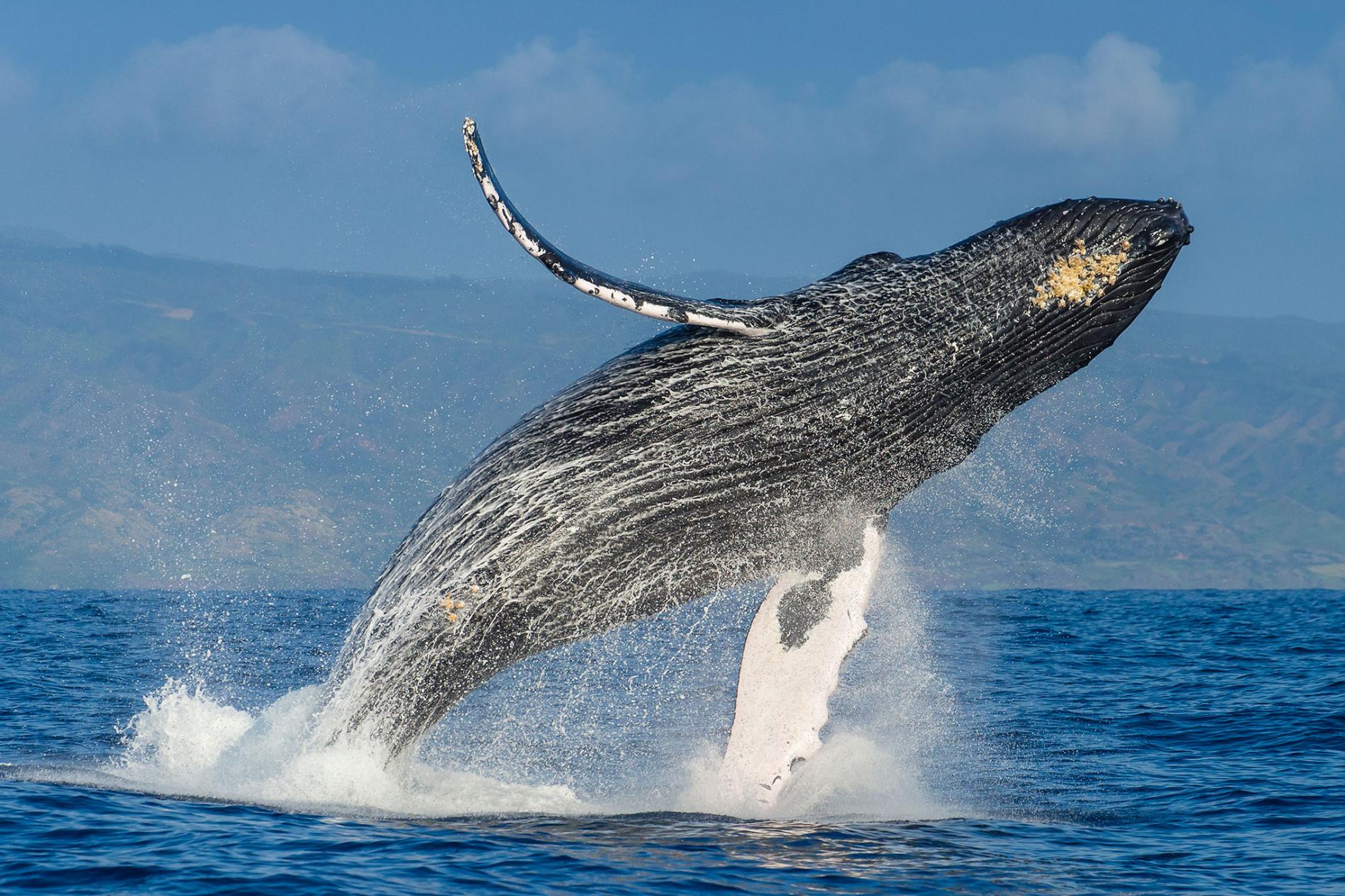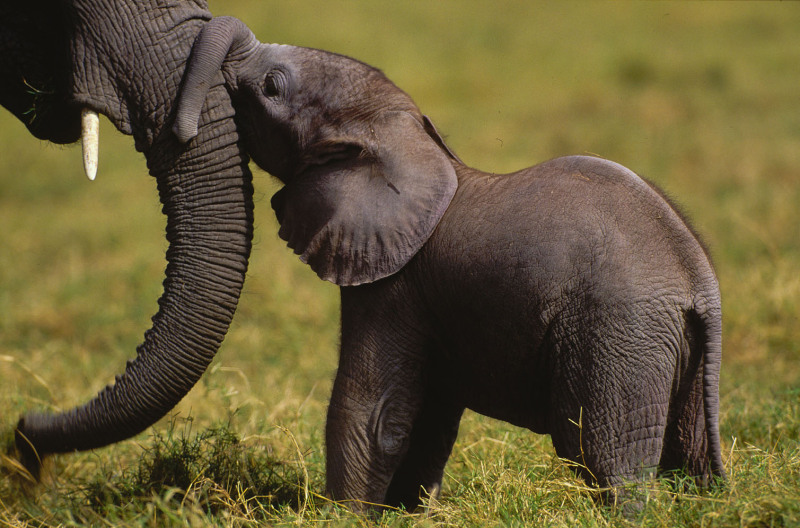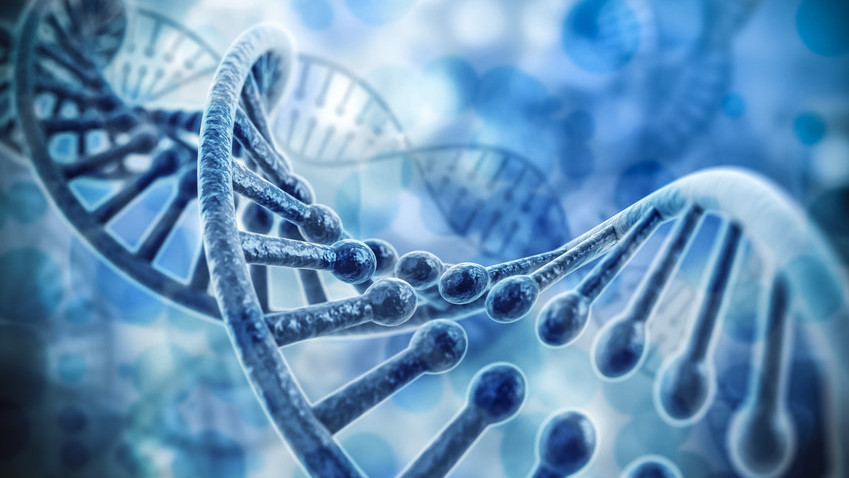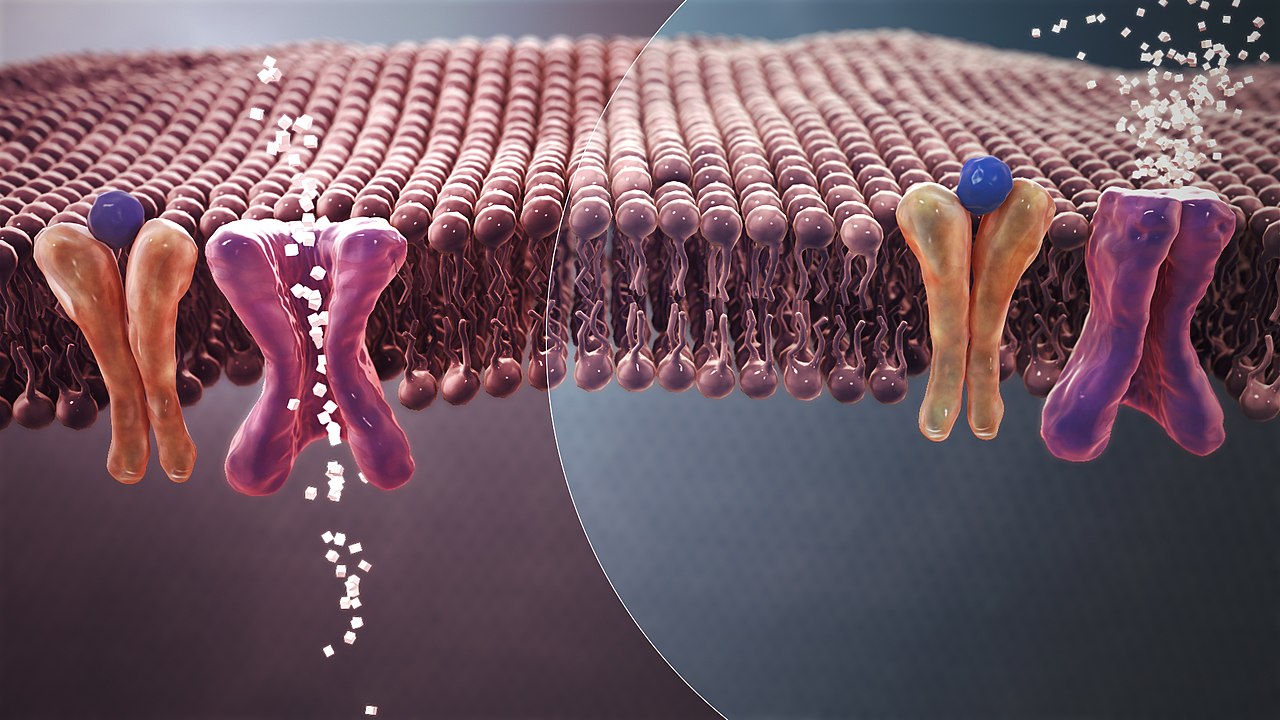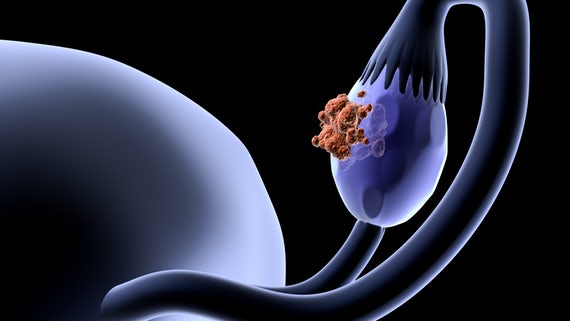
In some animal species, cancer is worse than what we are accustomed to, because it is contagious…and no virus has anything to do with it! Cancer cells themselves are “parasitic agents” able to spread from one individual to another. We mentioned the example of Tasmanian devil, whose transmissible facial tumor is decimating wild populations (if you missed it, look at here https://goo.gl/qvm1eN), but there are also cases reported in dogs and hamsters. Furthermore, transmissible tumors also concern animals that do not resemble us at all, like marine bivalves. These organisms are “simpler” than mammals, but not enough to escape cancer: they fall with a leukaemia-like cancer called disseminated, or hemic, neoplasia.
contagious cancer, marine bivalves, parasitic agents
Continue reading


